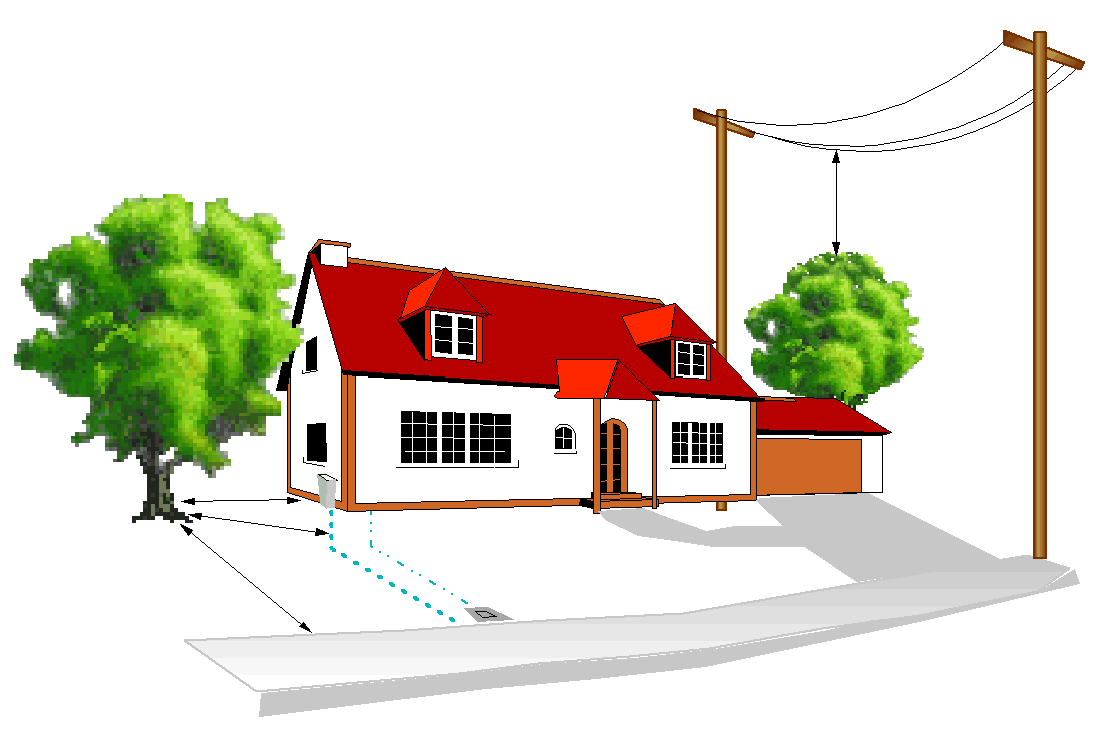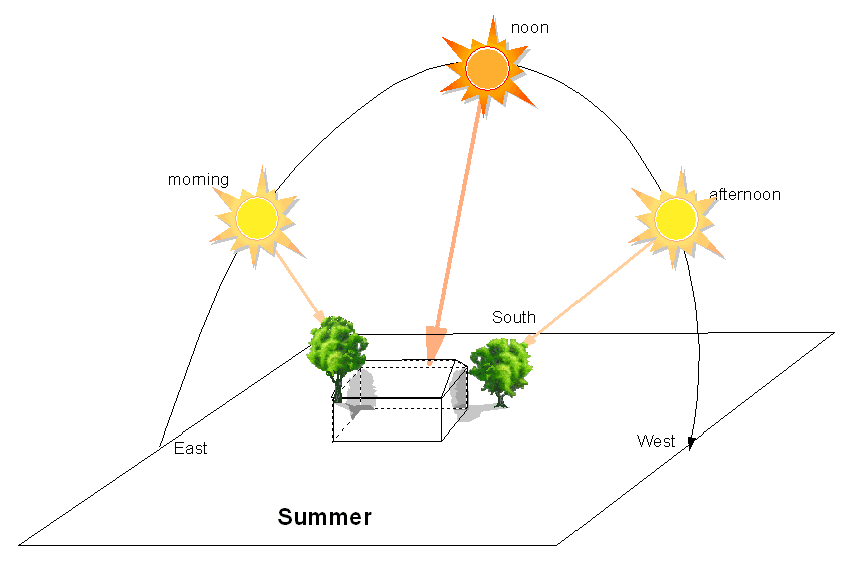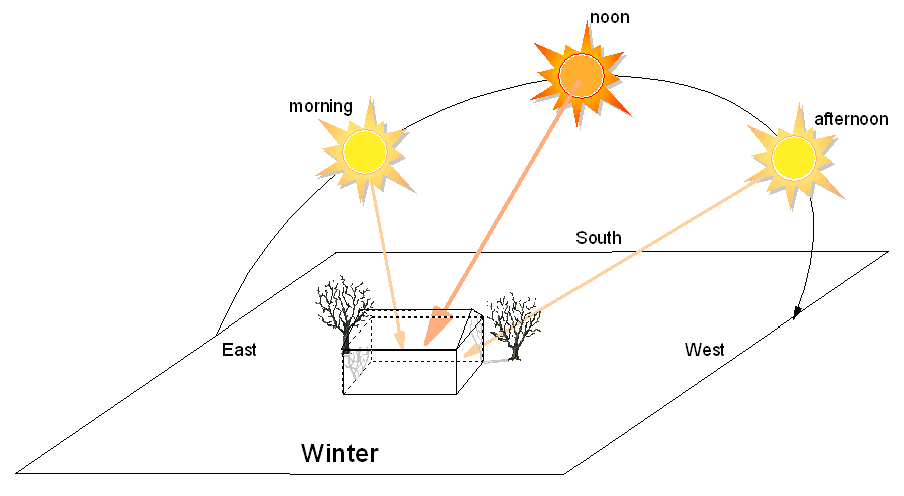Where to plant your new tree
Guidelines for picking a planting site
Download a printer friendly (Adobe Acrobat PDF) version of this document
Position your new tree to maximize benefits and minimize potential problems You can't rearrange trees in your yard like you can move your furniture, so it pays to carefully consider a number of factors before you decide where to plant your new tree(s).
Give your tree enough space for its mature size. Don't be fooled by the size of the tree at planting.
- Where possible, plant trees 10 ft away from underground utilities including water, sewer, and gas pipes as well as underground electric, phone, and cable lines.
- Plant only small trees such as crape myrtle under high voltage power lines. The mature height of the tree should be at least 4 ft less than the height of overhead high voltage wires.
- Plant trees far enough from buildings, sidewalks, driveways, and foundations to avoid problems. Trees that will be large tree at maturity (such as London plane) will need more room than small trees (such as crape myrtle) and should be planted farther from underground and aboveground utility lines and structures.

Maximize your energy savings. Walls shaded by trees are generally 15
degrees cooler than unshaded walls. Shade on a window prevents heat buildup
inside more effectively than curtains or blinds.

Walls facing east and west receive maximum exposure to sun during the middle of summer and are the most important parts of your house to shade. At midday in midsummer, the sun is very nearly directly overhead, so it is difficult to shade south-facing walls at that time of the year.
You can cool your local area by using trees to shade sidewalks, patios, and pavement to reduce the amount of heat that is reflected from and stored in these surfaces.
Shading your air conditioner in the summer will improve its efficiency and save energy.
Use deciduous trees to provide summer shade on your house. They will lose their leaves in fall, allowing winter sun to warm the house to reduce your heating costs.
Evergreen trees produce shade in winter too, so plant them toward the north
side of your property if possible, to decrease the amount of shade your house
receives in the winter.

Other things to consider...
Appropriately placed trees can provide visual screening and privacy, but don't place evergreen trees where they will block lines of sight needed for safety (such as near intersections and driveway entrances).
Virtually all trees will drop leaves, twigs, seeds, or other materials at some point during the year. Avoid placing trees where falling debris will cause major maintenance problems.